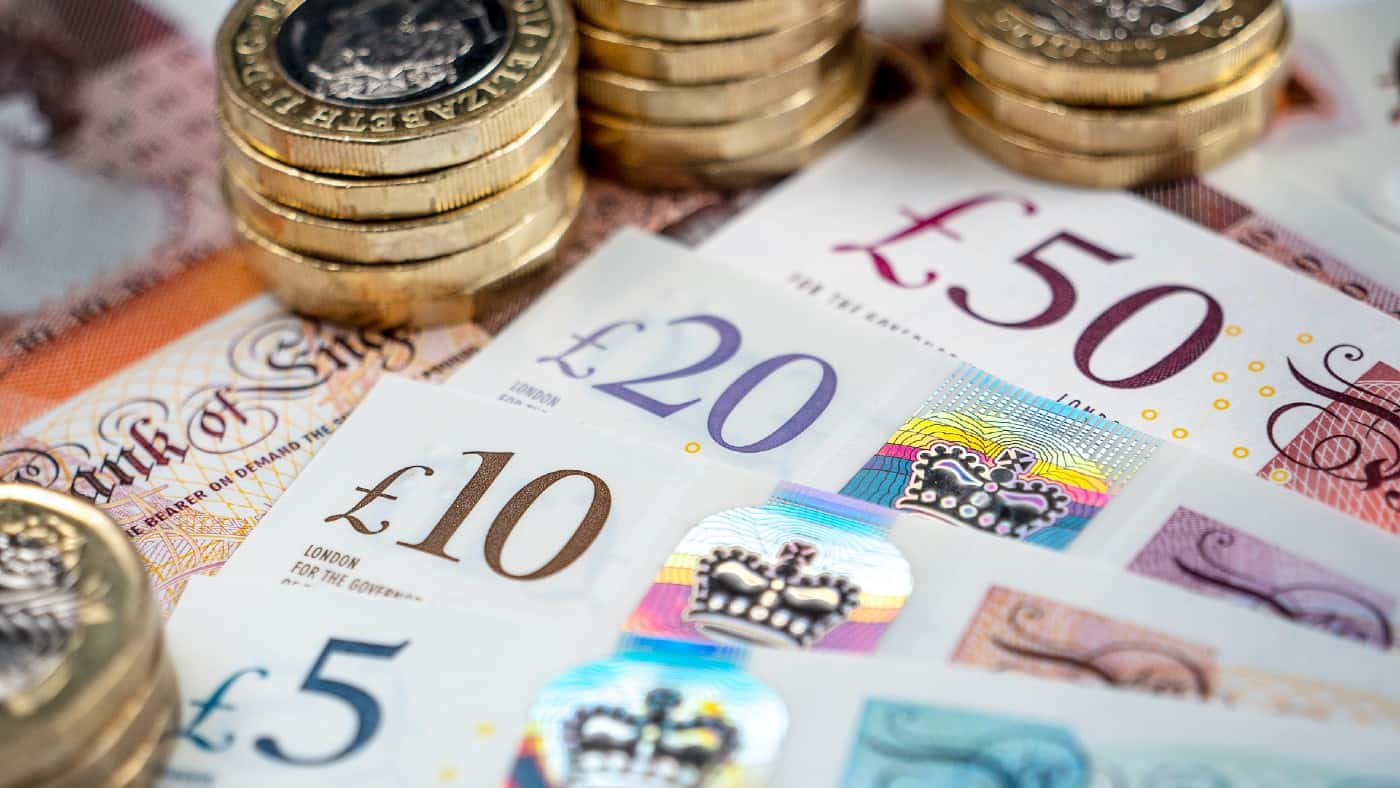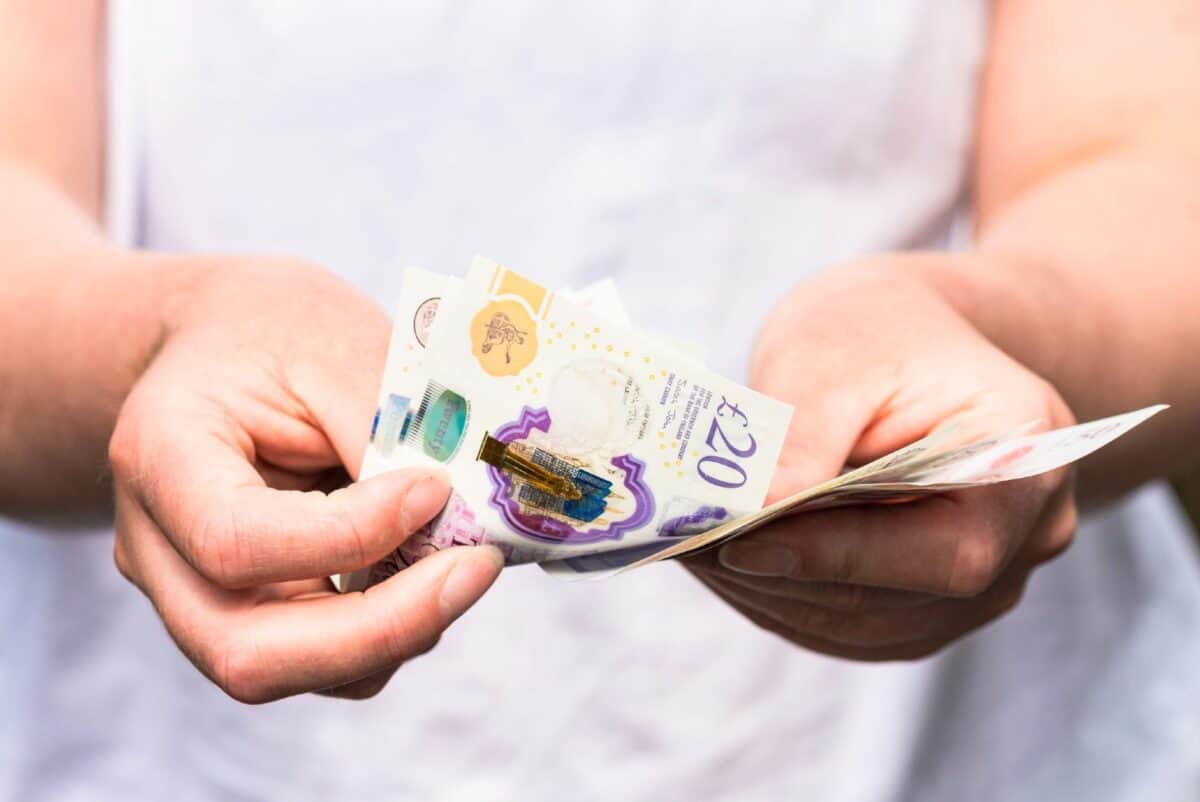Image source: Getty Images
Eli Lilly (NYSE: LLY) has been one of the standout stocks in the S&P 500 in recent years. It’s up 597% in five years and a whopping 1,090% over the past decade. That’s mightily impressive for a mature pharma firm.
In the past couple of years, the company’s upwards trajectory was given a turbo-boost by its blockbuster GLP-1 drugs Mounjaro and Zepbound. The latter was approved late last year specifically for weight loss, which is a market that is expected to drive massive sales long into the future.
Today (30 October), however, the Eli Lilly share price slumped 13% after the company’s third-quarter results disappointed Wall Street. This rare stumble leaves me wondering if I should pick up some shares while they’re down.
What happened
Heading into the quarter, analysts expected $12.1bn in revenue and adjusted earnings per share (EPS) of $1.47. But the company reported revenue of $11.4bn and adjusted EPS of $1.18. So there was an earnings miss and the firm lowered its full-year EPS guidance, to $13.02-$13.52 from $16.10-$16.60.
Still, the quarter didn’t look bad to me. Far from it. Revenue increased 20% year on year, driven by growth from Mounjaro and Zepbound. Excluding $1.42bn in Q3 2023 from the sale of rights for its olanzapine (antipsychotics) portfolio, revenue surged 42%!
Outside of weight-loss drugs, there was impressive 17% revenue growth in oncology, immunology, and neuroscience. This was a very strong quarter, despite what the share price drop might suggest.
Expanding markets
Eli Lilly’s market cap is now $748bn, which makes it one of the largest companies in the world. But if the likes of Apple, Amazon, and Microsoft have taught us anything, it’s that the already big can carry on getting bigger, as long as they keep finding new avenues of growth.
In this regard, I’m bullish on the company’s prospects. According to Morgan Stanley, the global market for blockbuster obesity drugs could increase by more than 15-fold by 2030. This is due to them potentially spreading beyond weight loss to treat a range of diseases.
For example, early research suggests that these GLP-1 drugs may have neuroprotective effects and could potentially slow the progression of Alzheimer’s disease. They also reportedly reduce alcohol intake, so could potentially treat addiction.
Of course, it’s early days to know any of this for sure. And there could be some negative long-term effects with these weight-loss drugs that we don’t know about. That’s a key risk, as is competition from market leader Novo Nordisk, the maker of Wegovy and Ozempic.
Also, due to high demand and supply shortages, there are loads of cheaper knock-offs floating about.
Should I rebuy?
I owned Eli Lilly stock a while back. However, I sold after it doubled in a year and the price-to-earnings (P/E) multiple went well above 100.
Currently though, the forward P/E ratio here is 37, falling to 24 by 2027. For a company with such a strong position in multiple massive growth markets — it also recently got an Alzheimer’s drug, donanemab, approved — I don’t think that’s outrageous.
Looking ahead, I reckon Eli Lilly looks likely to become the first $1trn drug company. I’ve put the stock back on my watchlist, with an eye to reinvesting at some point.
Credit: Source link













